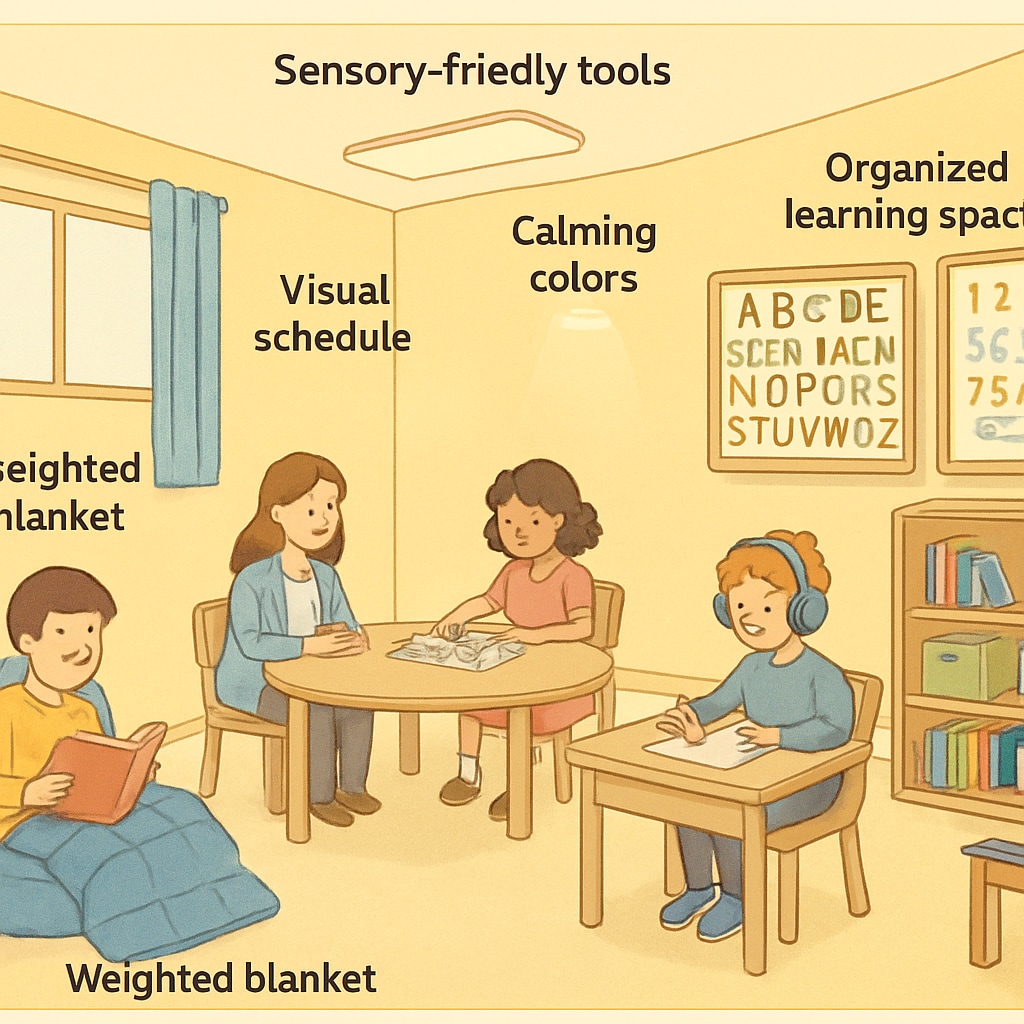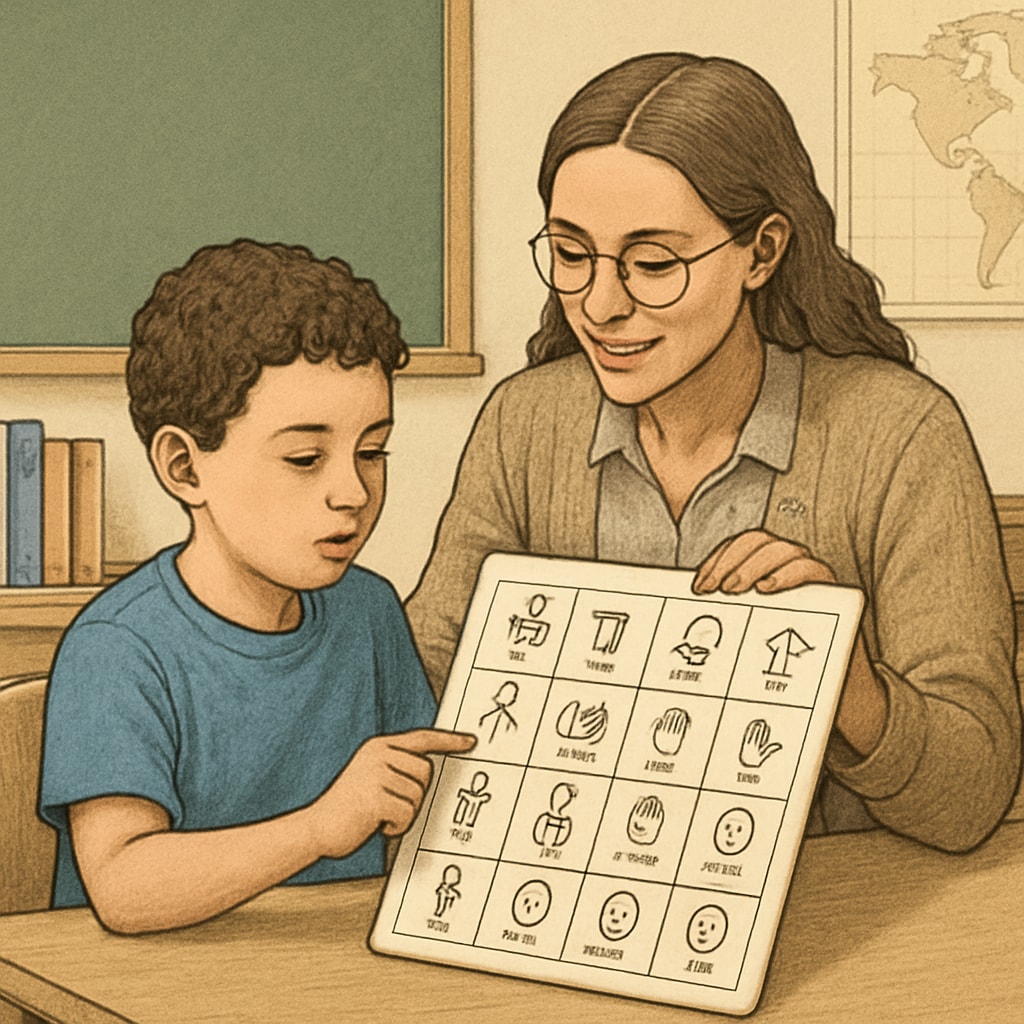Working in special education as a teacher assistant for children on the autism spectrum is a rewarding yet challenging journey. It requires not only professional skills but also emotional resilience and a deep sense of empathy. For those preparing to step into this field, understanding the unique dynamics of working with autism spectrum children is the first step to success. This article will guide you through essential preparations, from adjusting your mindset to acquiring key skills, while highlighting the immense value and impact of this work.
Understanding the Needs of Autism Spectrum Children
Children on the autism spectrum often experience challenges in communication, social interaction, and sensory processing. As a teacher assistant, your role is to support their learning and development, adapting to their individual needs. For example, some children may benefit from structured routines, while others may require sensory-friendly environments. Understanding these needs is critical to building trust and fostering progress.
To prepare, familiarize yourself with basic concepts of autism, such as sensory sensitivities and communication methods like visual aids or picture exchange systems. Resources like the Autism Spectrum page on Wikipedia provide valuable insights into the condition.

Emotional Preparedness: Building Patience and Empathy
One of the most important aspects of working in special education is cultivating emotional preparedness. Patience is key when working with autism spectrum children, as progress can be slow and non-linear. Empathy allows you to step into their world and support them effectively. For instance, understanding why a child may engage in repetitive behaviors can help you respond with compassion rather than frustration.
It’s also essential to develop coping mechanisms for the emotional challenges this work may bring. Regular self-reflection, mindfulness practices, and seeking support from colleagues or mentors can help you maintain emotional balance.
Professional Skills: More Than Just Teaching
Beyond emotional readiness, teacher assistants in special education need a diverse set of skills. These include:
- Behavior Management: Learning to manage challenging behaviors in a positive and constructive way.
- Communication: Using clear, simple language and alternative communication methods like sign language or visual aids.
- Adaptability: Adjusting teaching strategies to suit each child’s unique learning style.
Additionally, ongoing professional development is vital. Attending workshops and earning certifications in special education can enhance your expertise and confidence. The Autism Overview on Britannica is a helpful starting point for deeper learning.

The Rewards of Special Education
While the challenges of working in special education are significant, the rewards are equally profound. Helping a child on the autism spectrum achieve a milestone, no matter how small, is deeply fulfilling. You become a crucial part of their journey, equipping them with skills and confidence to navigate life. Moreover, this work offers invaluable lessons in patience, resilience, and the power of human connection.
As a teacher assistant, your impact extends beyond the classroom—empowering not just the child but also their families and communities. This ripple effect makes every moment of effort worthwhile.
Conclusion: Entering the world of special education as a teacher assistant requires careful preparation and a heartfelt commitment. By understanding the needs of autism spectrum children, developing emotional resilience, and honing professional skills, you can make a meaningful difference in their lives. The journey may be demanding, but the rewards far outweigh the challenges.
For aspiring professionals, remember: the first step to working in special education is stepping into their world with an open heart and an open mind.


